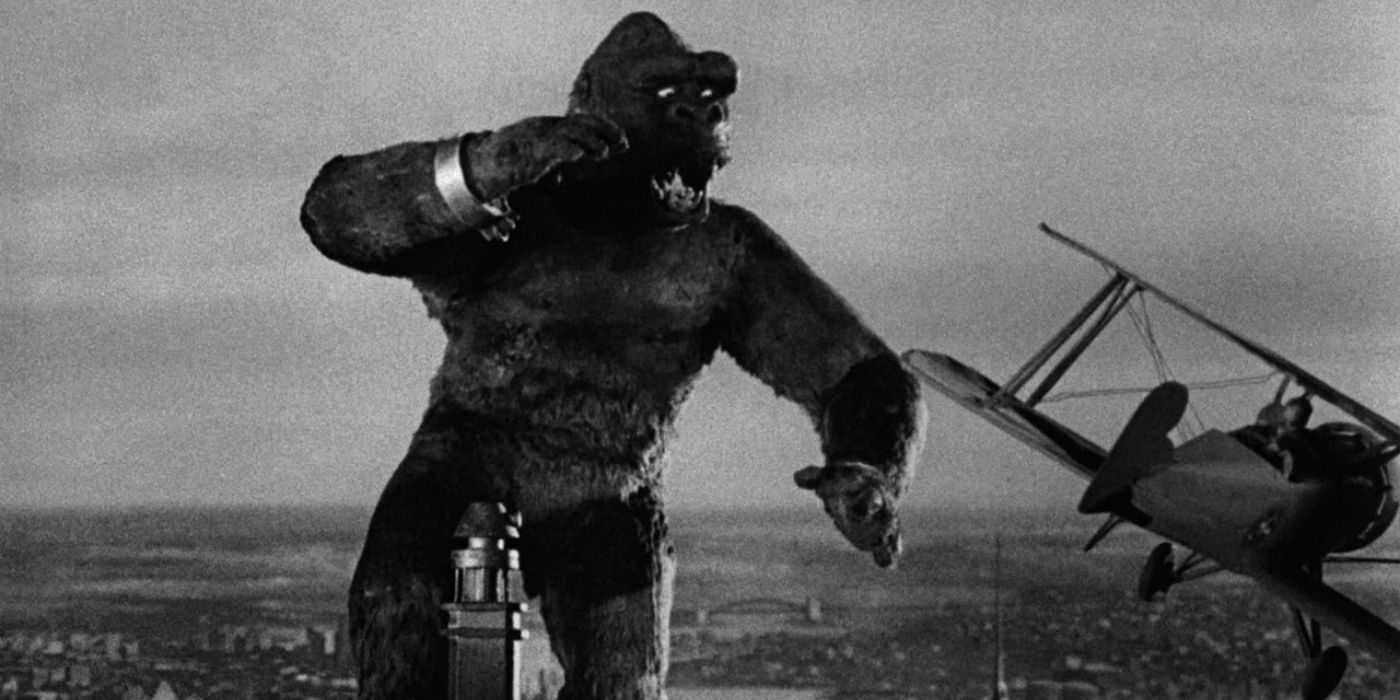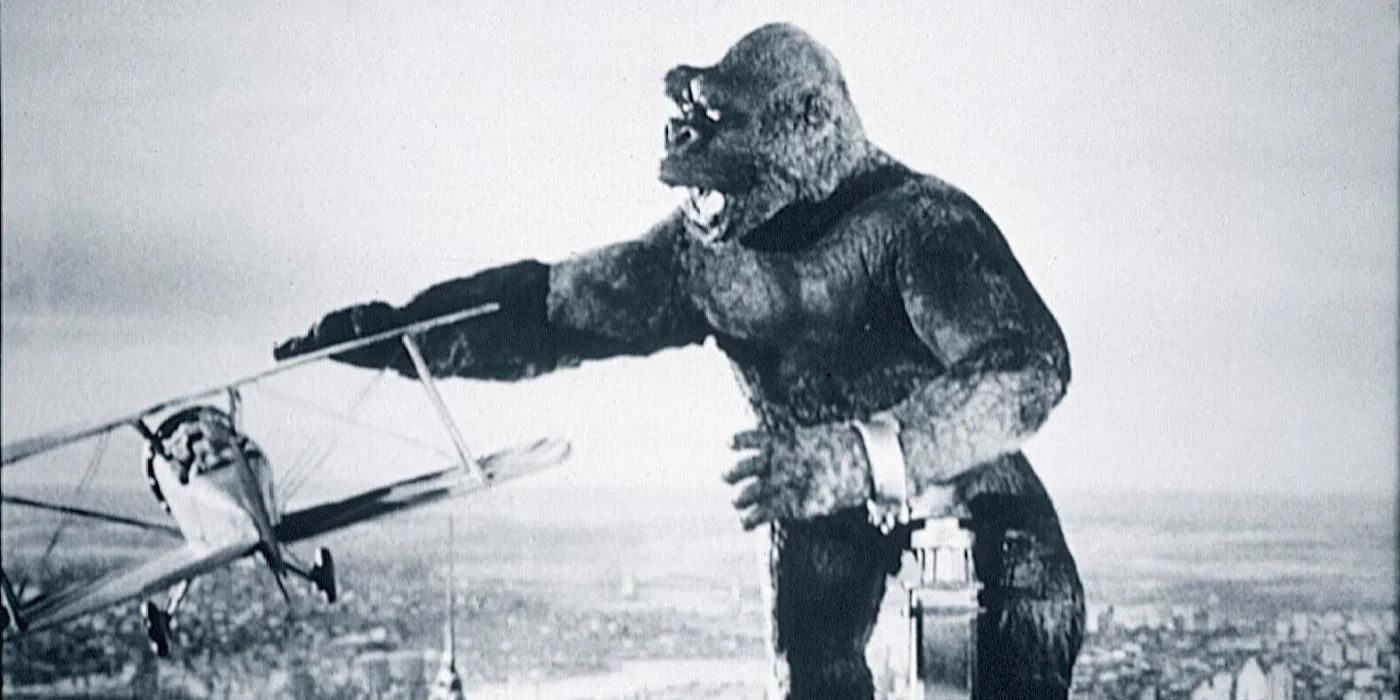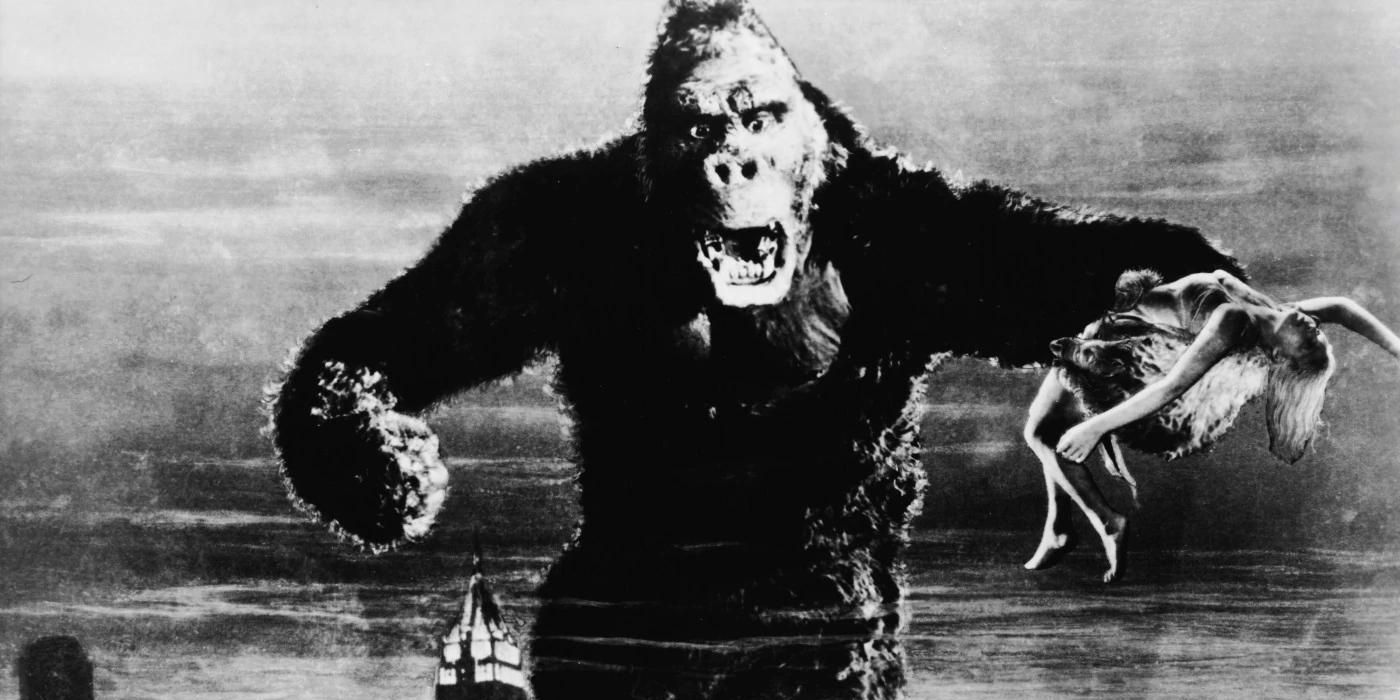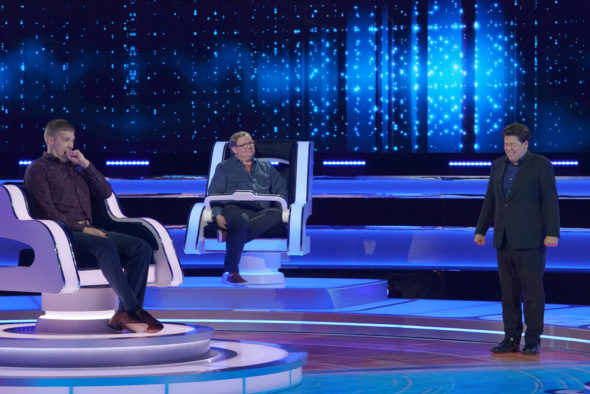Every element that goes into a film has its milestone moments in Hollywood history, and for stop-motion animation on film, the iconic, groundbreaking King Kong of 1933 is one. Not just for stop-motion animation either — special effects in general owe a lot to the revolutionary film about a giant ape, Kong, who falls for the beautiful Ann Darrow (Fay Wray) both figuratively and literally. King Kong is celebrating its 90th Anniversary in 2023, and, despite its age, it still stands as a glowing achievement of imagination and creativity. It’s one that took the cinematic tricks of the trade at the time and used them all to create a cohesive, effective film classic that has spawned a long line of remakes and sequels.
The Rise of Willis O’Brien, the Stop-Motion Genius Behind ‘King Kong’
Stop-motion animation, for those who may not know, is basically taking a series of photographs, moving the object very slightly in between shots, and putting them together to create a motion sequence on film. The first documented, commercially released stop-motion animation film is Vitagraph’s The Humpty Dumpty Circus in 1898, credited to J. Stuart Blackton and Albert E. Smith. Producer Wladyslaw Starewicz is another pioneer of the field, known for using stop-motion in a narrative. But arguably one of the most famous animators of the time, the one that kicks off our look back into King Kong, is Willis O’Brien. O’Brien’s craftsmanship of miniature creatures was featured at the 1915 San Francisco World’s fair, where his work caught the eye of a fellow exhibitor, who called on O’Brien to create the 1915 short animated film The Dinosaur and the Missing Link: A Prehistoric Tragedy.
That film impressed one Thomas Edison, who hired O’Brien to animate a number of short films. Expanding his craft further, O’Brien was commissioned by Herbert M. Dawley to write, direct, co-star and produce the effects for 1918’s The Ghost of Slumber Mountain. The two did not get along together, though, which led to Dawley allotting only a fraction of the film’s profits to O’Brien. The importance of that film towards King Kong is that it became the first movie to combine stop-motion models with live action thanks to the ingenuity of O’Brien. It also led to him putting his definitive stamp on cinematic stop-motion with 1925’s The Lost World, based on the novel by Sir Arthur Conan Doyle. In the film, O’Brien not only brought dinosaurs to life — including a sequence between a T.Rex and a brontosaurus — but gave them character as well, making them as real as the human stars of the film. Conan Doyle himself had high praise for the film and even used O’Brien’s completed dinosaur scenes in 1922 to play a prank on Harry Houdini and the Society of American Magicians by convincing them he had footage of real dinosaurs taken on a South American plateau.
The Stop-Motion Giant Meets the Giant Ape as O’Brien Joins ‘King Kong’
Armed with a stunning pedigree and an extensive catalog of special effects mastery, O’Brien was brought in as the special effects’ supervisor for King Kong. His first step was to call on frequent collaborator Marcel Delgado, who as a team had become well known throughout Hollywood. A full-size bust, arm, and leg were created for close-up scenes, but for the most part Kong on screen is portrayed by a 18-inch puppet, made from metal, rubber, and fur. The puppet, as well as the other creatures seen in the film, were painstakingly shot one frame at a time, an animation process that took over a year to complete, including a seven-week period to create the Kong/T.Rex fight scene. The stop-motion work alone is revolutionary, but the true genius of O’Brien’s work in King Kong is how he brought the animated sequences and the filmed sequences together.
To do so, O’Brien used every filming technique of the time: animation, miniatures, matte paintings, traveling mattes, rear projection and miniature rear projections, to name just a few. For instance, consider how the live-action actors interact with Kong. Two processes were used to create the illusion. Rear projection had live-action footage projected onto a screen built into a miniature set, like the jungle, projected frame by frame to match the animation. The second was a process known as the Dunning process, a special method first used by O’Brien to combine two pieces of film together at the same time. So while the techniques themselves weren’t new, the combination of them to create a world where the fantastic meets reality certainly were. Interestingly, O’Brien himself animated close-ups and particularly emotional moments involving Kong.
It All Pays Off —’King Kong’ Becomes an Instant Hit
If there were any lingering concerns about the film, they were quickly silenced when King Kong became a massive hit. By some estimates, the film was one of the highest grossing films of the 1930s, bringing in over $4 million dollars. The pioneering techniques used for the film are still in use today, either as is or as the fundamental building blocks for modern CGI effects. King Kong inspired a young Ray Harryhausen to reach out to O’Brien, becoming his protégé, and taking what he learned from the effects master to new levels, creating Dynamotion, his own technique for bringing live-action and models together in films like Jason and the Argonauts and Clash of the Titans. It also inspired a host of contemporary visionaries like Tim Burton and Peter Jackson, whose works are rooted in the movie magic King Kong weaves.
But King Kong succeeds not on its technological achievements, but in its depth. O’Brien, with his own personal flourishes, gave Kong a real emotional connection to the live-action characters. More importantly, to the movie-going public, who saw Kong not as a marvel of animation but as a real character, whose face and mannerisms showcased the rage, the power, the longing, and the heartbreaking loss of a beast torn from its home. And the film’s final words — “It was beauty killed the beast” — become that much more resonant and impactful as a result.
























































![Key Metrics for Social Media Marketing [Infographic] Key Metrics for Social Media Marketing [Infographic]](https://www.socialmediatoday.com/imgproxy/nP1lliSbrTbUmhFV6RdAz9qJZFvsstq3IG6orLUMMls/g:ce/rs:fit:770:435/bG9jYWw6Ly8vZGl2ZWltYWdlL3NvY2lhbF9tZWRpYV9yb2lfaW5vZ3JhcGhpYzIucG5n.webp)




















